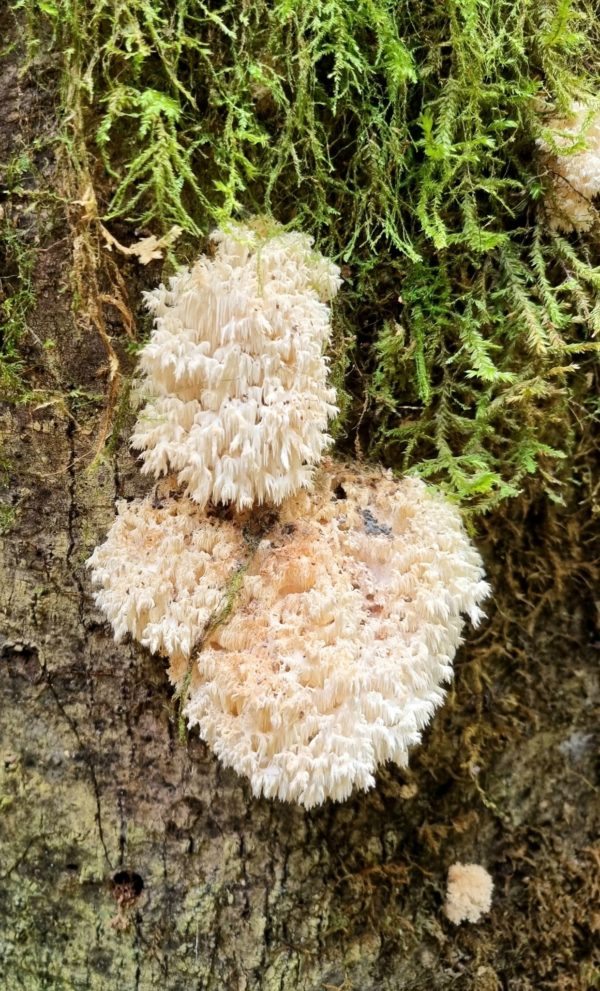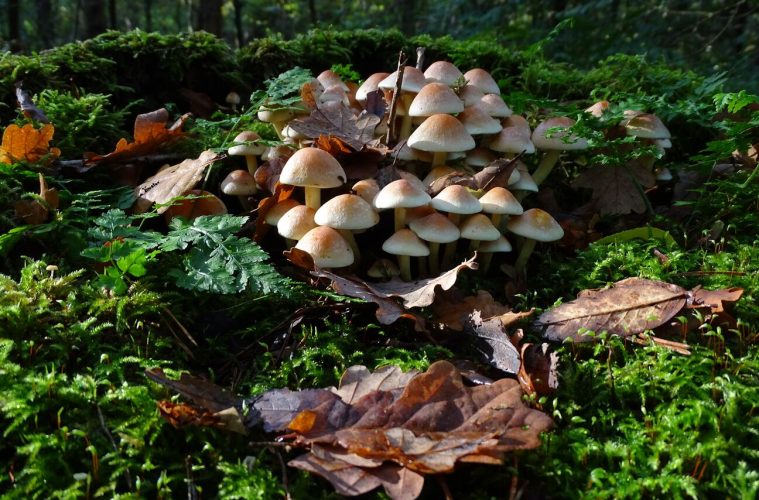A third-year microbiology and genetics student at Stellenbosch University (SU) identified a new species of medicinal mushroom in the genus Hericium. This is only the second endemic species of this highly sought-after medicinal mushroom to be discovered in Africa.
Breyten van der Merwe, now a BSc Honours student, discovered the specimen while walking in the Knysna forests in January 2021, according to Stellenbosch University. He took a sample, dried it and then brought it to Professor Karin Jacobs, a microbial ecologist and mycologist in the Department of Microbiology at SU.
ALSO SEE:
SEE: Heavy rainfall brings flourishing mushroom growth to Kirstenbosch
Although rare in nature, species in the Hericium genus are well known for their exceptional medicinal and health-promoting qualities, according to media officer and science writer Wiida Fourie-Basson of Stellenbosch University’s Faculty of Science.
Hericium erinaceus, also known as the Lion’s Mane mushroom, has long been used in traditional Chinese and Asian medicine.
Fourie-Basson explains this ‘new’ spectacular-looking mushroom has mostly been misidentified as coral tooth mushroom (Hericium coralloides) in South Africa. According to Breyten, the different species in this genus are frequently distinguished only through DNA sequencing.
‘The new endemic species is named Hericium ophelieae after the poem Ophélie by the French poet Arthur Rimbaud. This is because lines such as “long veils… a white phantom… beautiful as snow” seemed to be an apt description for the cascading fruiting bodies in the dark Knysna forest,’ said Fourie-Basson.

Hericium bembedjaense, another endemic species and close relative, is reportedly found in Cameroon’s Dja Biosphere Reserve.
These coral-like fungi are essential in the decomposition of hardwoods and conifers. Hericium ophelieae, for example, was found only on hardwoods native to the Knysna-Amatole forest, specifically Cape beech, Cape holly, ironwood and stinkwood trees.
Breyten, himself an avid forager, believes that while this is the first endemic Hericium species described from southern Africa, it is far from the last and that more are likely to be discovered as mycology as a discipline is still underdeveloped in Africa and southern Africa.
‘This finding certainly highlights the need for further research into the fungal diversity of the Afrotemperate forests of South Africa,’ he said.
Breyten will now conduct additional research and analysis on the compounds found in this species of Hericium for his BSc Hons degree. Because it is so clearly distinct from other species in this genus, there may be a few more surprising discoveries on the way.
According to Professor Jacobs, the paper highlights the importance of the amateur mycology community in South Africa: ‘In South Africa, a collaboration between universities and amateur mycologists can increase the number of novel species described from South Africa’s many different biomes.’
ALSO SEE:
Feature image: Aldo Houtkamp via Unsplash
Originally written for Cape {town} etc.


